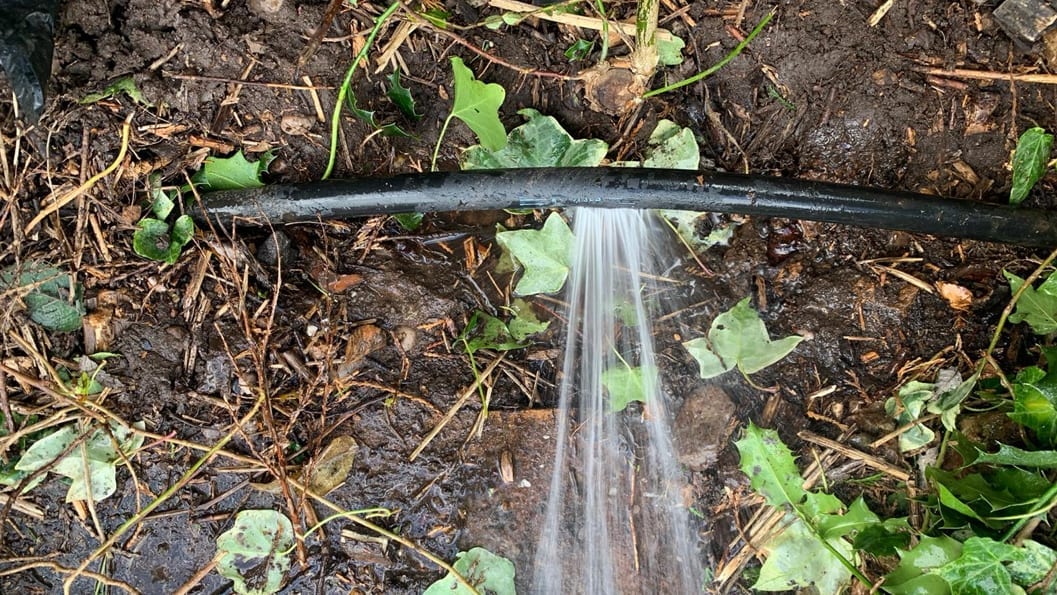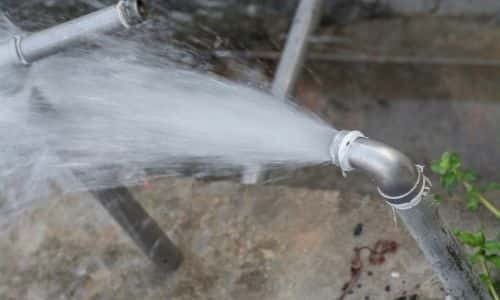Immediate Response to a Burst Pipe
Immediate Response to a Burst Pipe
Blog Article
Were you trying to locate answers on 6 Basic Steps to Stop a Burst Pipe from Getting Out of Control?

The prompt action when a pipe bursts in your home is to go in complete panic mode. Don't stress; you are not alone as most house owners feel by doing this, also. Besides, this issue can lead to significant residence damages.
Though it may be difficult to do, remain calm and gathered. Making rash decisions can make the circumstance worse. To help you out, right here are six immediate steps you need to take when dealing with ruptured pipelines. Remember, expertise is power so researching this prior to it occurs will certainly allow you to remain in control also amidst a massive emergency water leakage:
Attempt a Do It Yourself Pipeline Repair Work
If you've got handyman skills, do a minor repair work like sealing off a small fracture. You can purchase piping sealant to make quick fixes. Be cautious with the application, so you don't intensify any kind of troubles. If you need to tighten a couple of nuts and also screws, withstand the urge to over-tighten as this can result in leaks down the line.
Close the Key Water Valve
After a quick check, you can currently turn off the major water supply. Keeping water running will certainly cause large damage. The last thing you require is significant flooding warps wooden floors or damages devices and furniture. You also intend to avoid mold growth. Turn off the shutoff and call the plumber for an emergency assessment.
Drain the Pipe
As you await the plumber to arrive, drain pipes the water streaming in the pipelines. Just run your tap and also purge the toilet to make certain that whatever water is remaining will totally drain. When you do this, the leakage will certainly stop going where it's not supposed to be in the first place. Keeping that, the plumber can likewise function quicker. Just don't fail to remember to turn off the faucet after the pipes are drained.
Get Rid of Any Standing Water
Do not allow any type of standing water sit for as well. It will lead to more damages if water leaks into your floorings or carpeting. You likewise don't want it to flow right into vital products like electronics. Clean up the water and also completely dry the area off promptly. If you have electrical followers, maintain them going to flow the air and also promote much faster drying.
Conduct a Quick Visual Evaluation
Though your reaction is to shut off the valve right away, time out for some time and also carry out a fast aesthetic evaluation of the website. Attempt and identify where the water is dripping from. Doing so will permit you to recommend the plumber on what area to take a look at. This less-than-a-minute examination will certainly conserve you time and help your plumber rapidly determine the source.
Call a Dependable Plumber
If you feel unsure about your skills to fix a tiny split or little leakage, it is best to call a specialist plumber. When it concerns repair services, they have the knowledge, skills, tools, as well as experience to get things done quick. Playing with pipelines is not a joke as it can bring about more problems if done improperly. Finding a trusted plumbing service assures your water leak is dealt with successfully and also effectively.
A Frozen Pipe Has Burst, What Are The Next Steps?
How to Tell if Pipes are Frozen
It’s important to catch frozen pipes early to prevent damages. Typically, you will be able to boost your thermostat or talk a professional plumber before any damage occurs. However, here are a few signs that will help you identify if your pipe is frozen.
No Water – An obvious sign that you have frozen pipes is if there’s a complete lack of water coming from your faucets or fixtures. Frost – If you can gain access to view your pipes, check to see if there is visible frost on them. Take note of which parts of the pipe has frost. Smell – If your pipes freezes, it will block food and waste down your drain, causing a backup and your room to begin to have a bad smell. How to Tell if a Frozen Pipe has Burst
Inspect the Inside of the Building. Go through each area of the building and look for actively dripping water and signs of water damage. Examine any exposed pipes and check them for frost or condensation. Especially keep an eye on rooms such as bathrooms, kitchens, laundry rooms, and unheated areas of the building. Turn on the faucets and flush your toilets. Ensure they are working and the water has no discoloration or smell to it. If there is only a slow trickle of water coming out, or no water at all, this might mean a frozen pipe has burst. Check your water meter. If all fixtures in the building are off and it still shows movement, this could be a sign of a burst. Check the exterior of the building. Look for water building up anywhere out of the ordinary, or sinkholes in your yard. Remove Water Right Away
It is important to clean up water right away to prevent mildew and mold buildup. You will need towels, buckets, mops, and a wet/dry vacuum. Do not wait for the plumber to remove the water for you, the longer you wait the more likely it is that you’ll get mold or severe water damage.
Avoid Extreme Temperatures
First off, make sure the temperature in your home is no lower than 55*F. If you are going to be gone for a long time, turn off your water with the shut off valve to prevent freezing and bursting.
Don’t Leave Still Water in Pipes
When the weather gets too cold, you should let water drip from your faucet. While the dripping might be irritating, this will help prevent water from freezing. You can detect a frozen pipe if the faucet stops working, or the toilet doesn’t refill.
Taking Precautions with Frozen Pipe Damage
A burst pipe is one of the most common issues people face at home. There can be a number of reasons why pipes burst in harsh climate conditions such as extremely cold temperatures. Low to freezing temperatures can freeze the pipes, causing there to be frozen pipe damage and leading them to burst. Regardless of the type of pipes – whether they be metal or plastic, they can still expand or burst and cause water damage to your home. A burst pipe also requires a significant amount of costs in repairs. This is why it’s important to take all the safety measures to prevent pipes from bursting.
Below are some frequently asked questions and helpful steps to take to safely solve any problems you may be experiencing with your pipes at home.
What to Do When a Pipe Bursts:
Turn off the main water supply Contact a professional Quickly remove and clean excess water to avoid further water damage. Take pressure off pipes by draining the faucets Circulate warm air in your home to slowly thaw pipes Use a repair sleeve to temporarily cover the damaged area of the pipe https://jenkinsrestorations.com/frozen-pipe-has-burst-whats-next/

Do you appreciate more info about What to Do When a Pipe Bursts? Leave a short review further down. We would be glad to know your reactions about this article. In hopes to see you back again in the future. Sharing is nice. Helping others is fun. I am grateful for your time. Come back soon.
Hot water issues? Connect now. Report this page